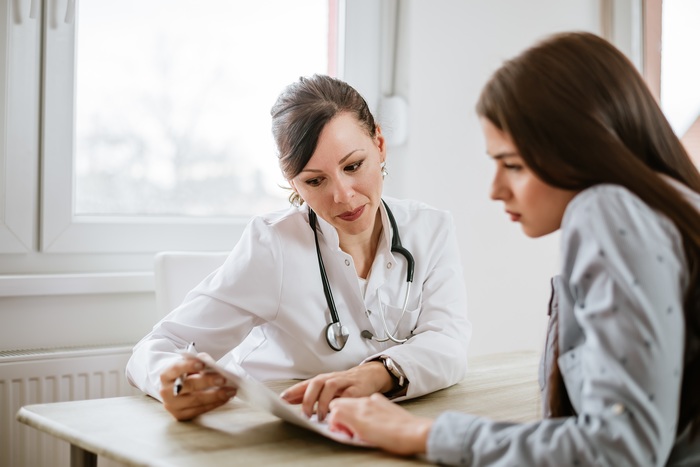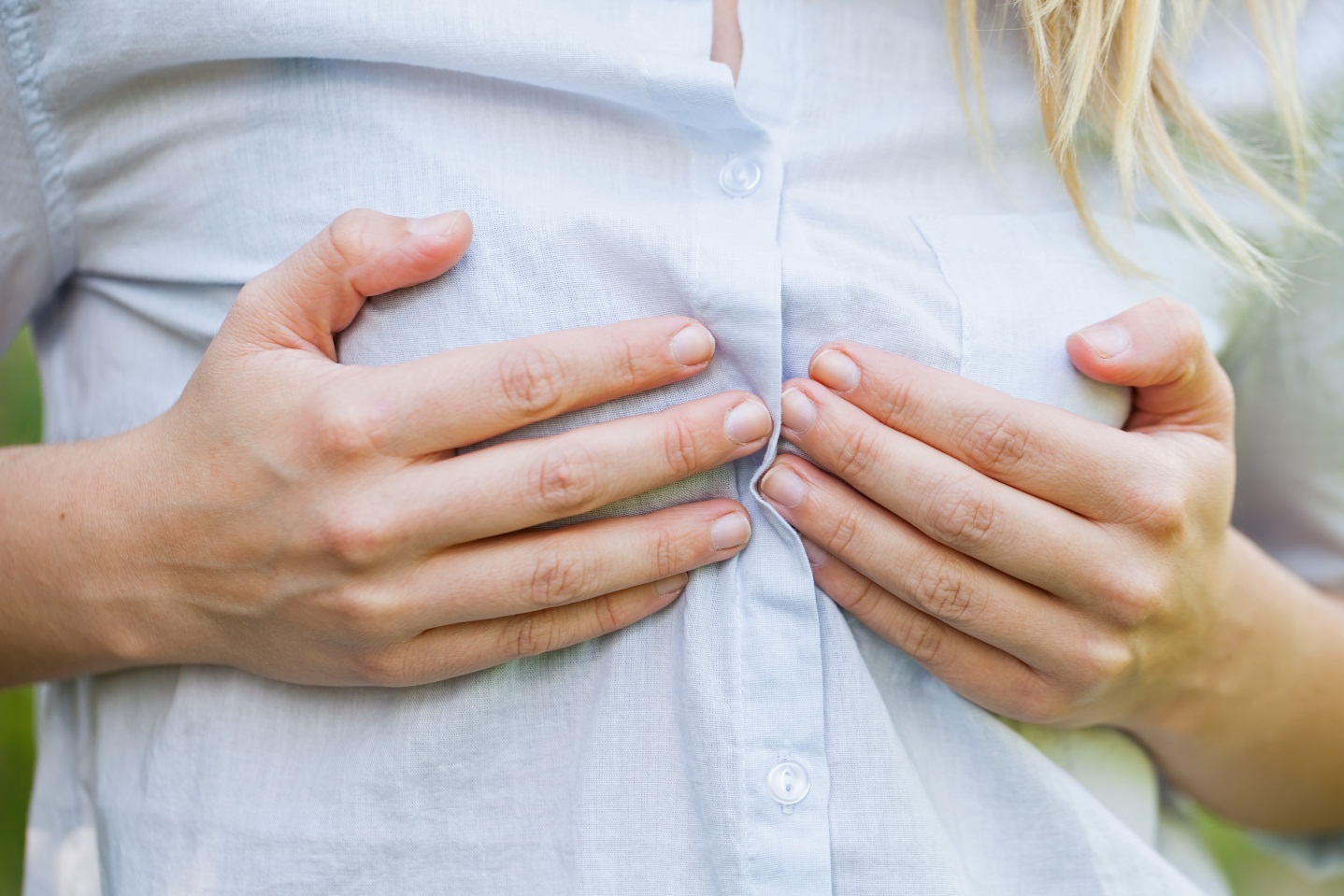5 Key Attributes to Look for in a Plastic Surgeon

You’ve been diagnosed with breast cancer and had a mastectomy. Now you’ve made the important decision to have reconstructive surgery to rebuild your breast. Your next important decision is to make sure you have the right plastic surgeon to do the job.
Finding the right surgeon isn’t always easy. But you need to put the same time and effort into it that you would put into hiring a real estate agent to find you a home or finding the right school for your children. After all this is your health we’re talking about and you deserve the best.
So what should you look for when choosing a surgeon?
1. Make Sure the Plastic Surgeon Specializes in Your Procedure
Some plastic surgeons specialize in implants, while others do tissue flap procedures, such as TRAM or the newer microsurgical procedure, the DIEP flap. Perhaps you already had a reconstruction procedure and need it revised. You need someone who has extensive experience with revision surgery. Ask how many procedures the surgeon has performed and the success rate for the specific procedure you are considering.
2. Make Sure They are Board Certified and Well Trained.
Plastic surgeons are certified by the American Board of Plastic Surgery (ABPS) which means that they have completed residency training specifically in Plastic and Reconstructive Surgery at an accredited institution. They have passed comprehensive written and oral examinations covering all plastic surgery procedures. You can visit the ABPS website to find out if your plastic surgeon is an up-to-date certified member. Fellowship training in a specialized field such as Breast Microsurgery is desirable if you are considering muscle sparing autologeous reconstruction procedures such as DIEP, GAP, PAP etc.
3. Make Sure the Surgeon’s Record is Clean
There are licensing boards for each state where you can check a surgeon’s background for any malpractice judgments or disciplinary actions. Visit the Federation of State Medical Boards’ website for more information.
4. Make Sure You are Comfortable
Once you find a plastic surgeon that specializes in your chosen breast reconstruction procedure, make sure to meet and ask a variety of questions. For example, how many procedures have you performed? What is your success rate? What is your background? What will the surgery entail and what is recovery going to be like?
Even if you have done your research and know the answers, see if you are comfortable with how the doctor communicates with you during this meeting. Does the surgeon answer your questions thoroughly and address your concerns? If the answers are off-putting or you feel uncomfortable in any way, that surgeon may not be the one for you.
5. Make Sure They Take Your Insurance
It might sound like an obvious thing to ask, but some surgeons will require that you pay out-of-network fees. You don’t want to be surprised with a big bill at the end of the procedure, so make sure that your plastic surgery procedure and the surgeon’s fees are covered at in-network rates by your insurance plan. Work with the surgeon and their staff to make sure everything is covered and you know all of the out-of-pocket costs prior to the procedure.
The Center for Natural Breast Reconstruction believes in good health for everyone. If you or someone you know is in need of breast reconstruction, contact them at NaturalBreastReconstruction.com or toll-free at 866- 374-2627.











